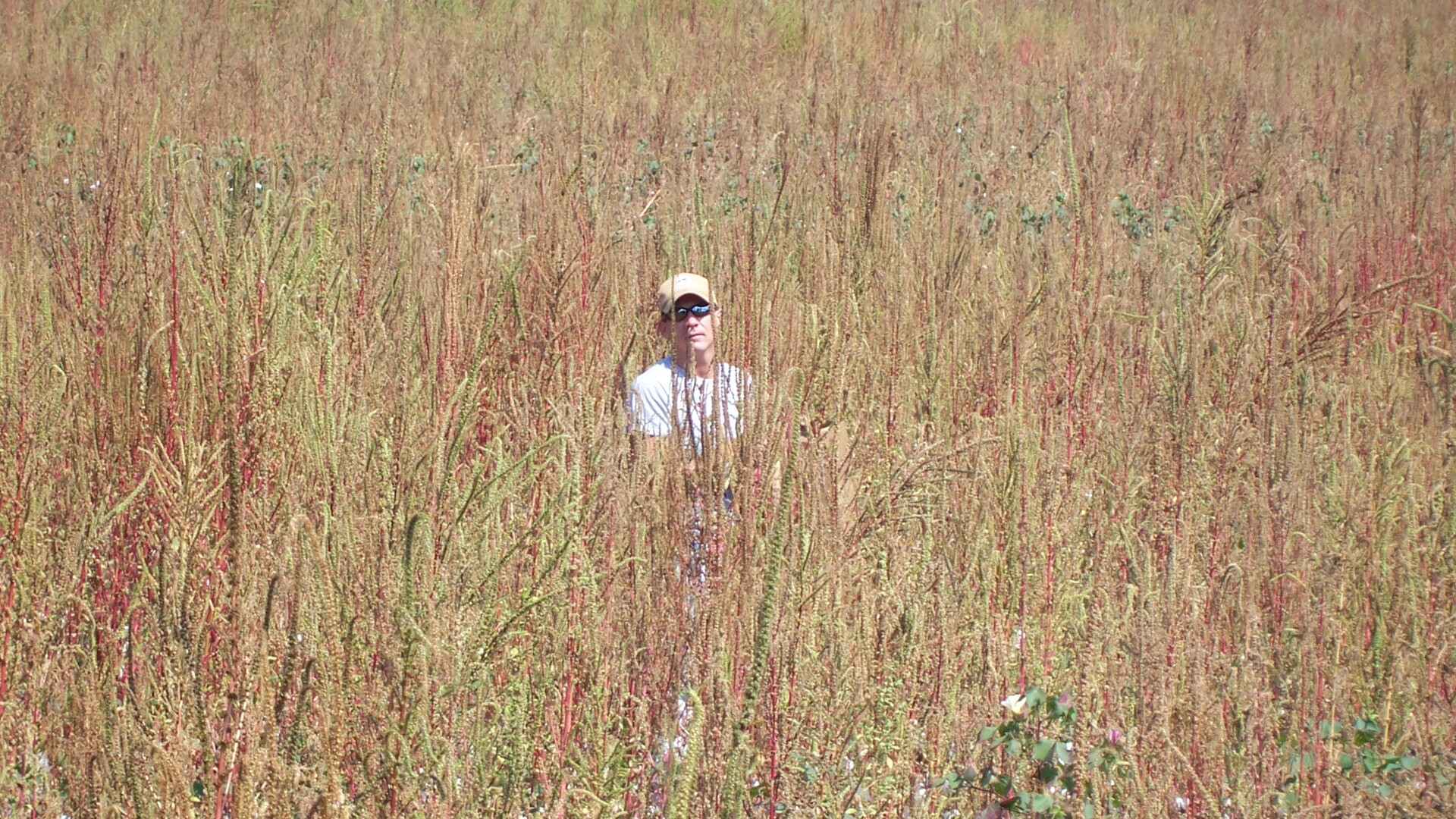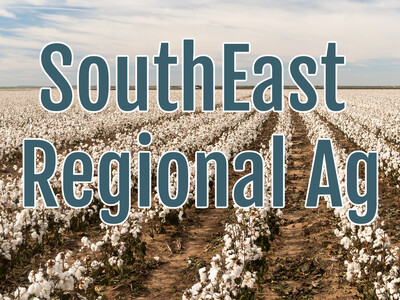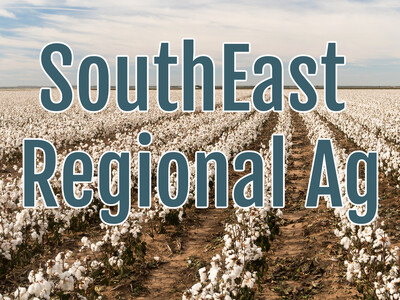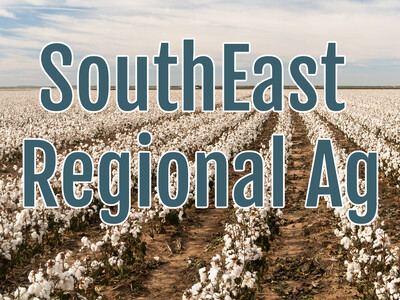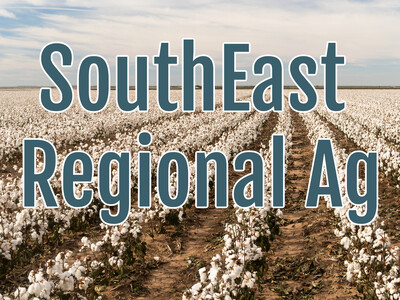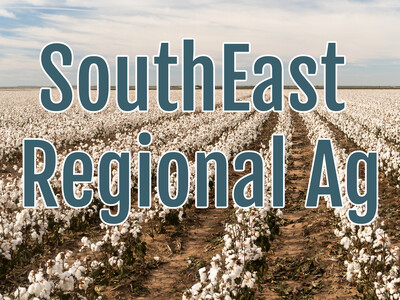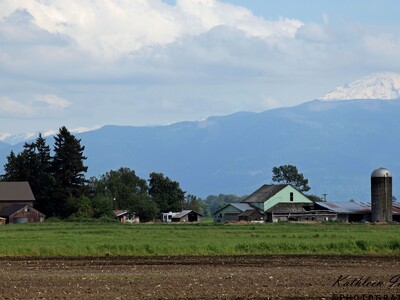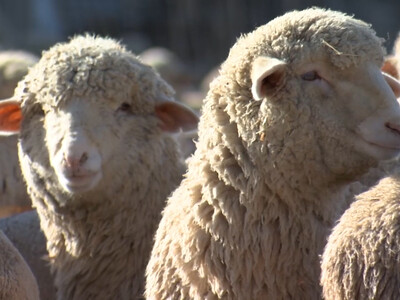Managing Weed Resistance

Tim Hammerich
News Reporter
Yesterday, we talked about the ability for Palmer amaranth, or pigweed to develop resistance to herbicides. But what can we do to proactively fight against this resistance? University of Georgia Extension Weed Scientist Stanley Culpepper says it takes an integrated approach that starts before the crop is even planted.
Culpepper… “We always want our fields free of weeds when we plant a crop. Whether it's tillage, I love cover crops, herbicides, we make sure there's no weed present at planting. Then we use residual pre-emergence or at-plant herbicides that are effective on those pests that we want control. Then with our post-merger as applications, we want to be very timely. When we say Palmer amaranth doesn't need to be bigger than three inches, you're supposed to already know Palmer amaranth can grow an inch per day. And we always have to be diversified. So if we're talking about resistance to a herbicide, we got to make sure we have a multitude of integrated chemistry, so we don't promote or select for additional resistance. Remember, weeds can get resistant to anything. They can get resistance to different times of the year when we till. They can develop resistance to hand weeding. Weedy plants are absolutely amazing. So it's all about being diversified. It's about being integrated. And it's about being timely, and implementing sound management programs.”
Culpepper says pigweed and ryegrass are two of the most adaptable weeds that can develop this resistance.


